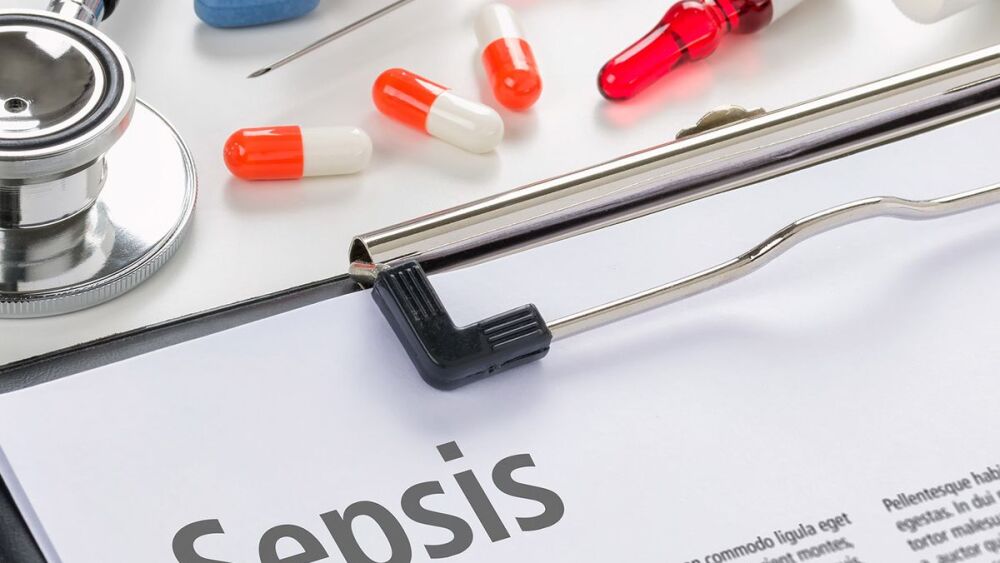This article was originally posted here on Bound Tree University.
Sepsis, or septic shock, can manifest through a number of infection-driven disease processes – and it can kill. Sepsis alert criteria, systemic inflammatory response syndrome (SIRS) criteria and qSOFA checklists can all aid you in formally identifying sepsis signs and symptoms and direct you toward helping the patient survive sepsis.
But what about training? How can we integrate sepsis recognition into our case scenarios, practical assessments and day-to-day clinical decision-making? Let’s break down the components of sepsis using the word itself as an acronym and training aid:
- Systolic
- EtCO2
- Pulmonary distress
- Skin temperature
- Infection
- Skin condition
Systolic
Sepsis recognition criteria often include some form of hypoperfusion component, and blood pressure analysis is our go-to for recognizing this.
With your next training scenario, throw in a bit of a twist. Take your classic non-traumatic abdominal pain patient and give them hypotensive vital signs, with a blood pressure of 86/42.
Combine this with recent symptoms of a urinary tract infection, or even tachycardia, and now your story has changed completely. You went from antiemetic therapy toward fluid resuscitation or even vasopressor administration: 20 (or 30) mL/kg times 165 pounds (75 kg), so that’s 1,500 mL times a 15 gtt tubing set, all divided by 10 minutes – you get the point.
EtCO2
Many of us don’t have lactate monitors in our ambulances, so recent literature has shifted us down the route of correlating low end-tidal carbon dioxide levels with elevated lactate levels – indicating hypoperfusion. Combine this with decreased systolic blood pressure and shock-like vital signs, and you’re on your way to identifying sepsis.
For training purposes, make your clinicians think: Can they differentiate between seemingly normal versus obstructive capnograph waveforms? Not only that, but can they differentiate between the clinical signs of simple hyperventilation (therefore, decreased EtCO2) and seemingly normal ventilation – but with sustained hypocapnia (EtCO2 < 25 mmHg)?
Complicate this even more with a patient experiencing pneumonia versus heart failure-driven pulmonary edema. Which treatment path will they follow? CPAP? Fluid management?
Pulmonary distress
Thinking more of the pulmonary/respiratory system as a whole, look for signs of hypoxia, distress and disease. Does your patient have a rapid respiratory rate (or the opposite)?
In alert/conscious sepsis patients, we often associate tachypnea (rate > 20) with signs of a systemic inflammatory response, but what if your patient isn’t breathing effectively at all? What if your dispatch notes are for someone “unresponsive, but breathing”?
You can administer all the naloxone you want to your 73-year-old patient, but it won’t matter in this scenario. What’s their blood pressure? How about their capnograph? Pulse oximetry is 89% on room air. When you listen to their breathing, you hear fluid congestion. See how this scenario can evolve?
Skin temperature
Is your patient hot or cold to the touch? Better yet, break out your thermometer and get a number.
Less than 96.8 degrees Fahrenheit, or greater than 100.4, and you’ve got a low- or high-grade fever added into the mix. Now here’s the tricky part: Is this associated with sepsis, influenza, general illness, the environment or any one of nearly a thousand other causes? Your case scenario patient just keeps getting more and more complicated.
Infection
Infection can often be the golden ticket driving your clinical decision-making and your differential diagnosis toward sepsis.
Pneumonia, UTI, ulcers, skin degradation, peritonitis – throw one of these subtle “past pertinent medical history” sample components into your patient’s history and you’re surely on the right track toward building the case for sepsis.
Skin condition
Thinking about shock – hypoperfusion – we often associate pale, cool and diaphoretic skin with our classic sepsis patients. But sepsis isn’t always so classic.
Yes, it can present this way, but it’s no guarantee. Nevertheless, skin condition, along with other changes, like altered mental status, are common factors that help to drive our decision-making toward some form of shock.
Instruct your students to keep in mind the previous assessment criteria above and that sepsis is a distributive problem – but they still can’t forget other possible hypovolemic, cardiogenic or obstructive issues that could be causing their patients to be sick.
Take away one of these criteria and you’ve got an entirely different patient that you’re trying to manage. Add in all of them, and you’ve just built your own case scenario for a sepsis patient.
This article was originally posted June 21, 2019. It has been updated.













